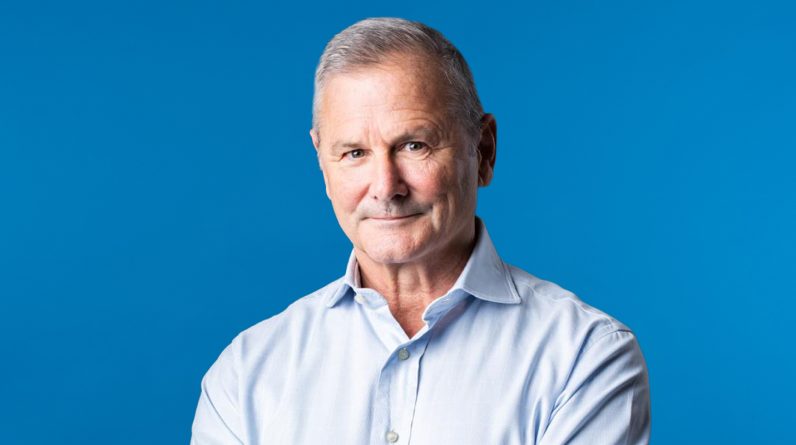“It is not influencing purchase like a human influencer would, but it is driving awareness, favourability and recall for the brand,” said Becky Owen, global chief marketing and innovation officer at Billion Dollar Boy, and former head of Meta’s creator innovations team.
Brands have been quick to engage with virtual influencers as a new way to attract attention while reducing costs.
“Influencers themselves have a lot of negative associations related to being fake or superficial, which makes people feel less concerned about the concept of that being replaced with AI or virtual influencers,” said Rebecca McGrath, associate director for media and technology at Mintel.
“For a brand, they have total control versus a real person who comes with potential controversy, their own demands, their own opinions,” McGrath added.
Human influencers contend that their virtual counterparts should have to disclose that they are not real, however. “What freaks me out about these influencers is how hard it is to tell they’re fake,” said Danae Mercer, a content creator with more than 2 million followers.
The UK’s Advertising Standards Agency said it was “keenly aware of the rise of virtual influencers within this space” but said there was no rule where they must declare they are generated by AI.
Many other markets are contending with the problem, with India being one country that forces virtual influencers to reveal their AI origins.
Although The Clueless discloses Aitana is fake through the hashtag #aimodel in her profile on Instagram, many others do not do so or use vague terms such as #digitalinfluencer.
“Even though we made it clear she was an AI-generated model . . . initially, most of her followers didn’t question her authenticity, they genuinely believed in her existence,” said Núñez, who added that Aitana has received multiple requests to meet followers in person.
One of the first virtual influencers, Lil Miquela, charges up to hundreds of thousands of dollars for any given deal and has worked with Burberry, Prada and Givenchy.
Advertisement
Although AI is used to generate content for Lil Miquela, the team behind the creation “strongly believe [the storytelling behind virtual creators] cannot be fully replicated by generative AI,” said Ridhima Kahn, vice-president of business development at Dapper Labs, who oversees Lil Miquela’s partnerships.
“A lot of companies are coming out with virtual influencers they have generated in a day, and they are not really putting that human element [into the messaging] . . . and I don’t think that is going to be the long-term strategy,” she added.
Lil Miquela is considered by many to be mixed race, and her audience of nearly 3 million followers ranges from the US to Asia and Latin America. Meanwhile, The Clueless now has another creation in development, which it calls a “curvy Mexican” named Laila.
Francesca Sobande, a senior lecturer in digital media studies at Cardiff University, has researched virtual influencers with racially ambiguous features and suggests that the motivations behind giving some of these characteristics are “simply another form of marketing” in order to target a broader audience, when “something has been created with a focus on profit.”
“[This] can be very convenient for brands wanting to identify global marketing strategies and trying to project a hollow image that might be perceived as progressive,” said Sobande, who added that “seldom does it seem to be black people” creating the virtual avatars.
Dapper Labs emphasized that the team behind Lil Miquela is diverse and reflects her audience. The Clueless said its creations were designed to “foster inclusivity and provide opportunities to collectives that have faced exclusion for an extended period.”
The Clueless’s creations, among other virtual influencers, have also been criticized for being overly sexualised, with Aitana regularly appearing in underwear. The agency said sexualisation is “prevalent with real models and influencers” and that its creations “merely mirror these established practices without deviating from the current norms in the industry.”
Mercer, the human influencer, argued: “It feels like women in recent years have been able to take back some agency, through OnlyFans, through social media, they have been able to take control of their bodies and say ‘for so long men have made money off me, I am going to make money for myself’.”
But she said AI-generated creations, often made by men, were once again profiting from female sexuality. “That is the reason behind growing these accounts. It is to make money.”
© 2023 The Financial Times Ltd. All rights reserved. Not to be redistributed, copied, or modified in any way.






